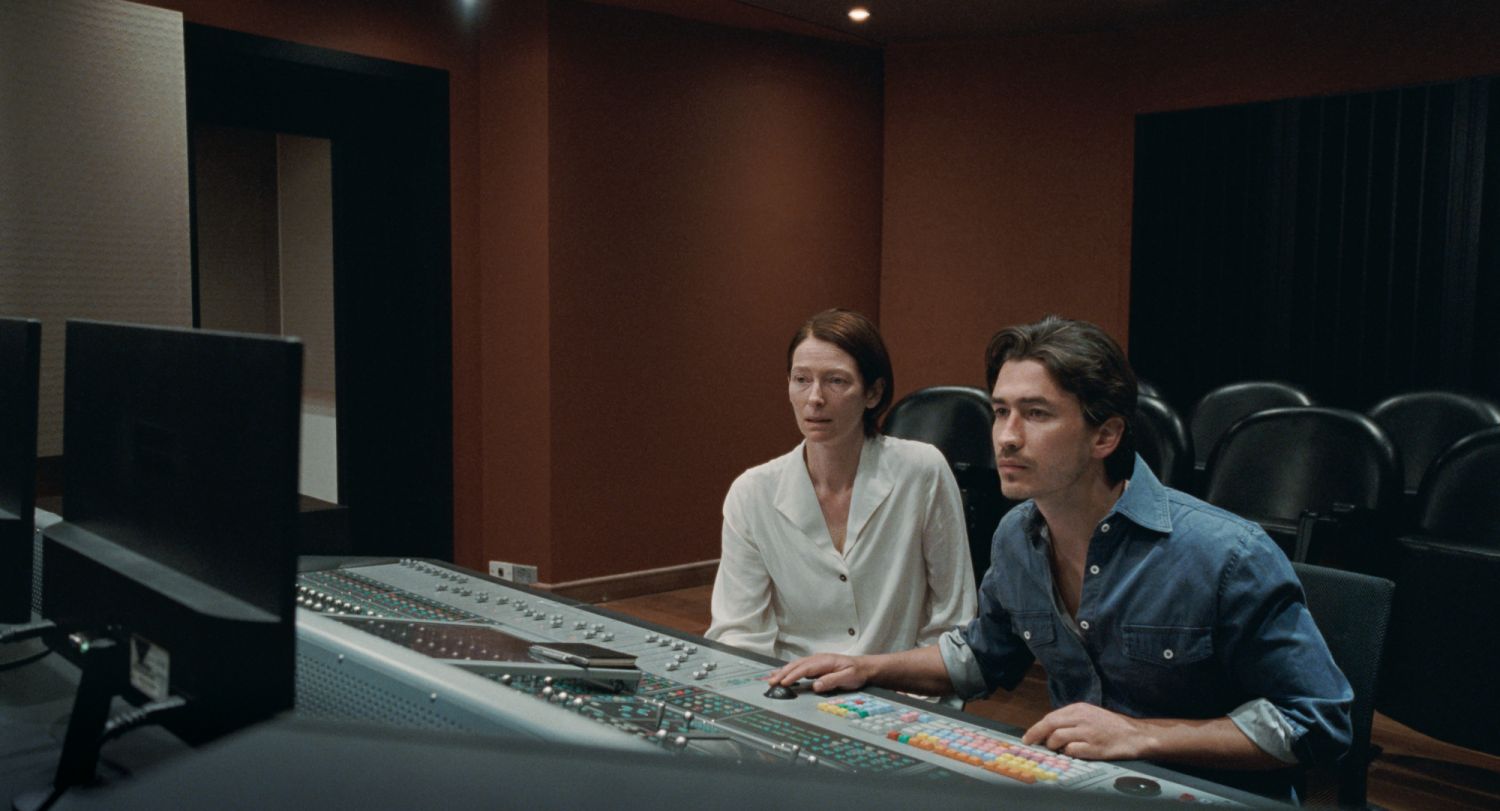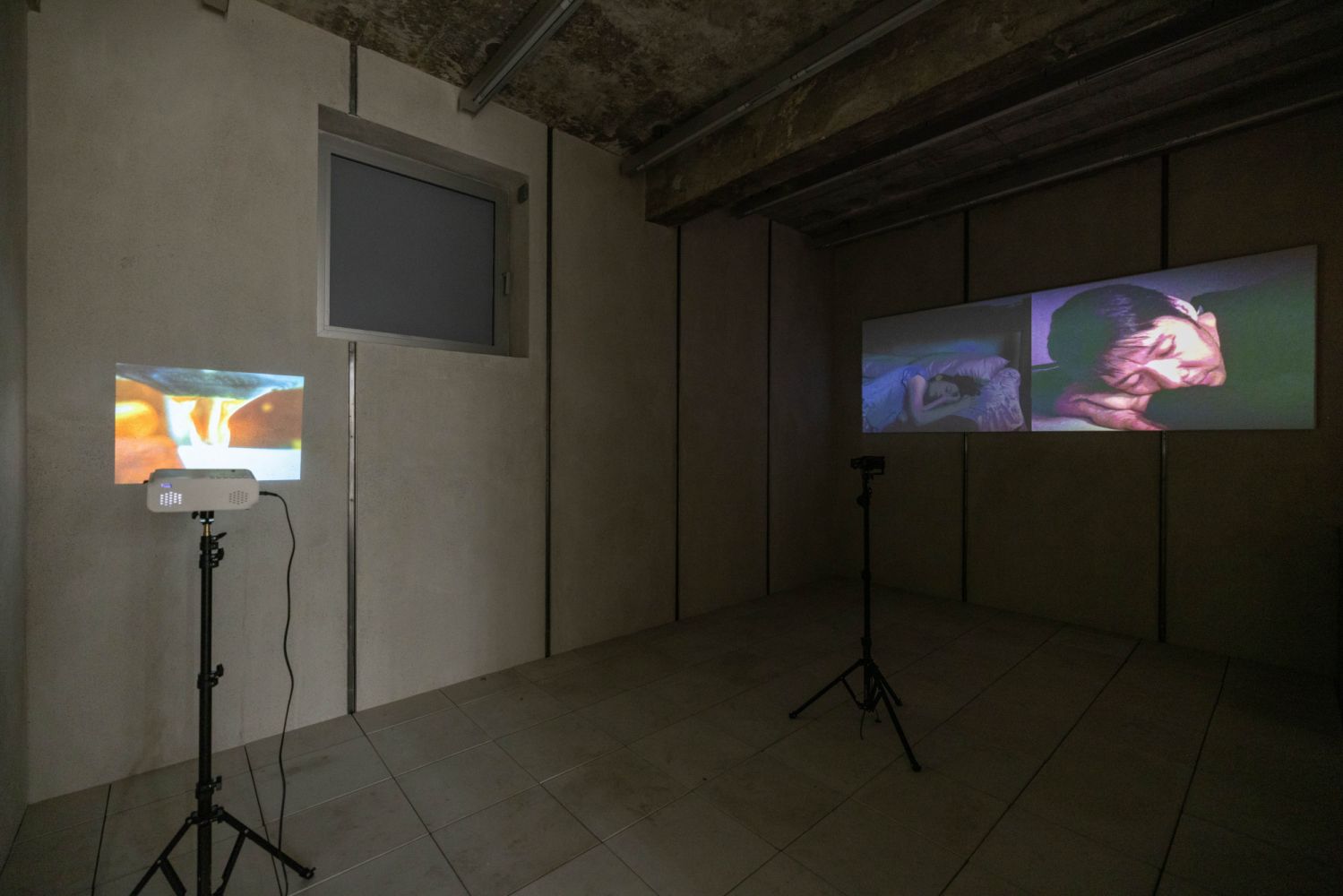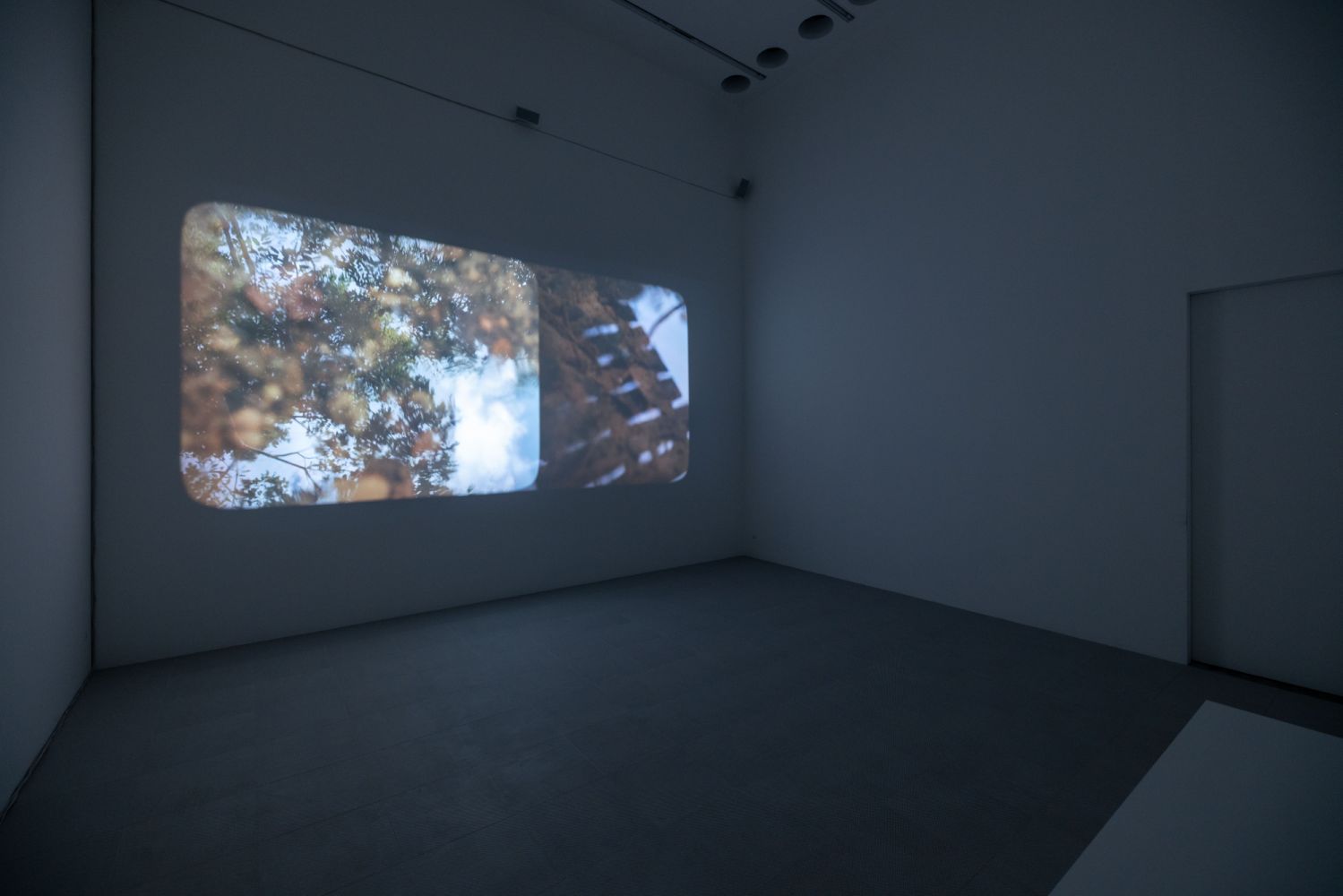Best known for winning the Palme d'Or and Cannes jury prize for his films Uncle Boonmee and Tilda Swinton starrer Memoria, the celebrated Thai filmmaker tells Tatler about his new Hong Kong exhibition
Apichatpong Weerasethakul is obsessed with sleep, despite the fact he struggles to get very much of it. “There is nothing quite like sleep,” says the acclaimed Thai filmmaker and artist. “It’s a place where you can just be in this state or narrative, and that’s when you open up to all kinds of connections and possibilities.”
He is of course talking about dreams, and the surreal world that results when our subconscious takes over. But he also savours the process of waking up: “Every time I do manage to sleep, and then wake up to birds and nature, my world is somewhere in between dream and reality,” he says. “The light isn’t quite right, I’m not fully conditioned yet or bound by reality.”
Weerasethakul’s films also inhabit this semiconscious twilight zone, a state free from inhibitions where dreams and reality coexist. Take, for example, Blue (2018) and On Blue (2022), the latter of which showed during his solo exhibition, A Planet of Silence, in Hong Kong’s Kiang Malingue gallery. Blue centres around a female character whose inability to sleep sets her surroundings on fire, while On Blue reflects on the idea that we might have been sleeping throughout the pandemic, and now it’s time to wake up. The advent of the pandemic and its unforeseen consequences created a similar state of existence where we don’t feel fully awake because reality seemed so surreal. The film depicts this transitional state through the character slowly awakening, and by capturing the light and colour change from night’s blue to dawn’s orangey-yellow.

A defining aspect of Weerasethakul’s directorship is the distinct feel of his films: they are slow-paced with minimal dialogue; feature long shots of natural scenery and wandering through jungles; and surreal, sometimes supernatural events occur, all combining to create the director’s otherworldly, ethereal vision. His films are meant to provide an experience rather than entertain—he doesn’t even mind if viewers dose off while watching. “Perhaps when they wake up in between [scenes], they’ll see it from a fresh perspective,” he says, again alluding to the idea of inspiration striking during semi-consciousness.
A never-before-seen scene from his award-winning film Memoria, which received the Jury Prize at the 2021 Cannes Film Festival (and which was also on view as part of A Planet of Silence), shows the main character, Jessica, played by actress Tilda Swinton, sleeping. Whereas the film traced Jessica’s journey to uncover the cause of a recurring sound only she could hear, the exhibited scene, Durmiente (2021), sees her finally finding resolution in sleep. The video is one half of a diptych; the other half is a film titled Async (2021), meaning first light, a collaboration between Weerasethakul and the composer Ryuichi Sakamoto. This work again traces the transition of night into day, and dreams into wakefulness, in an attempt to capture a fleeting moment.




